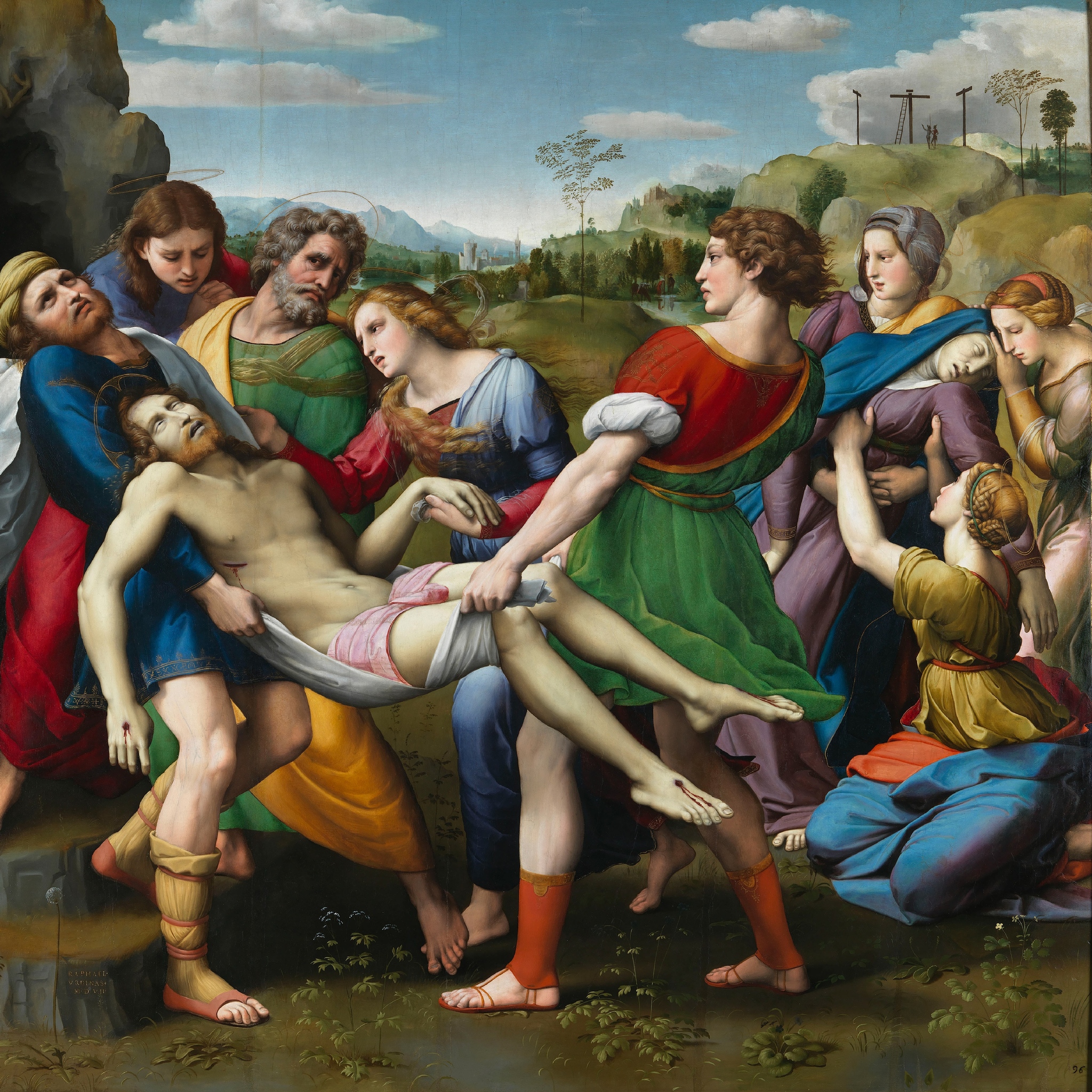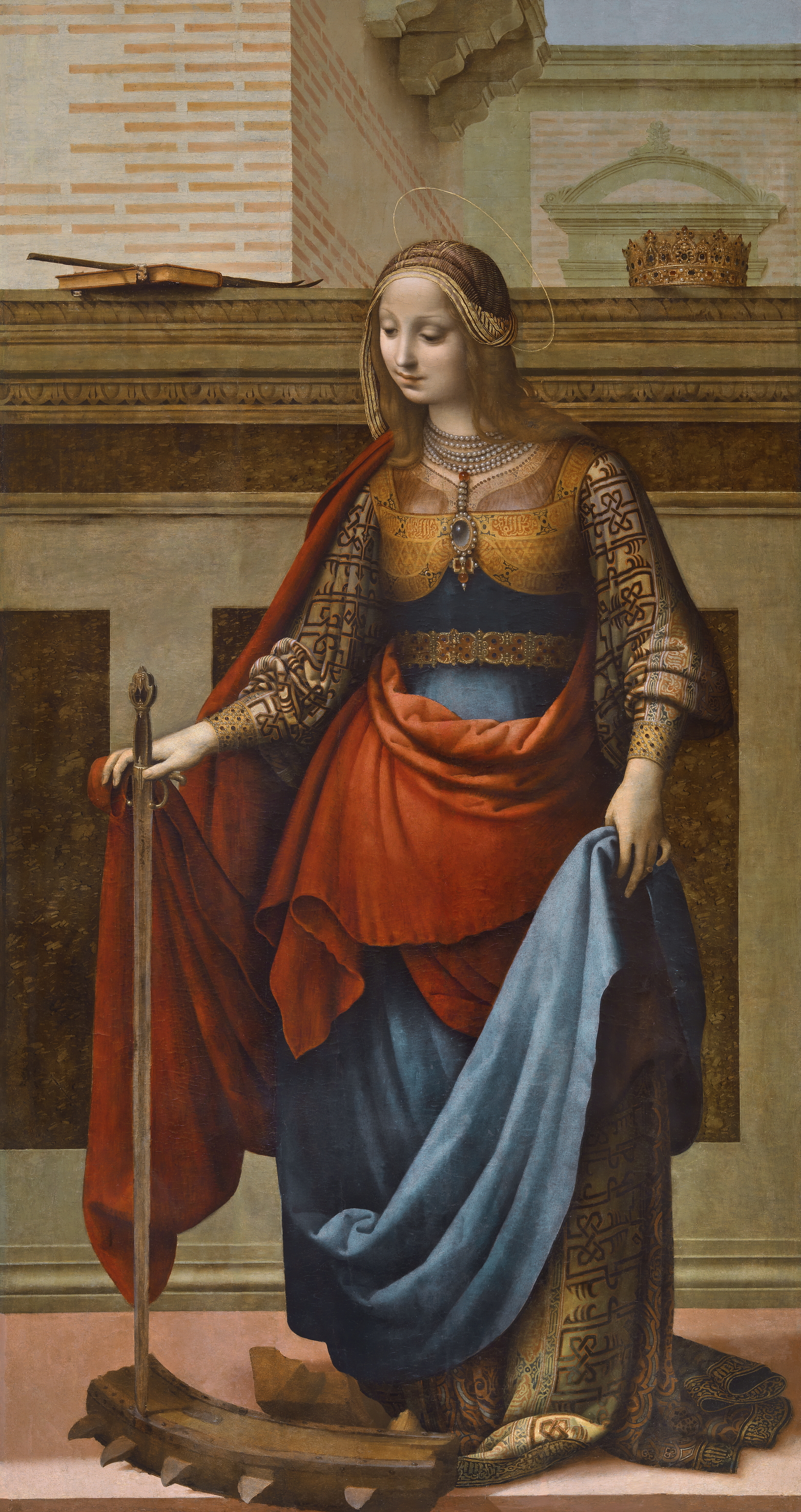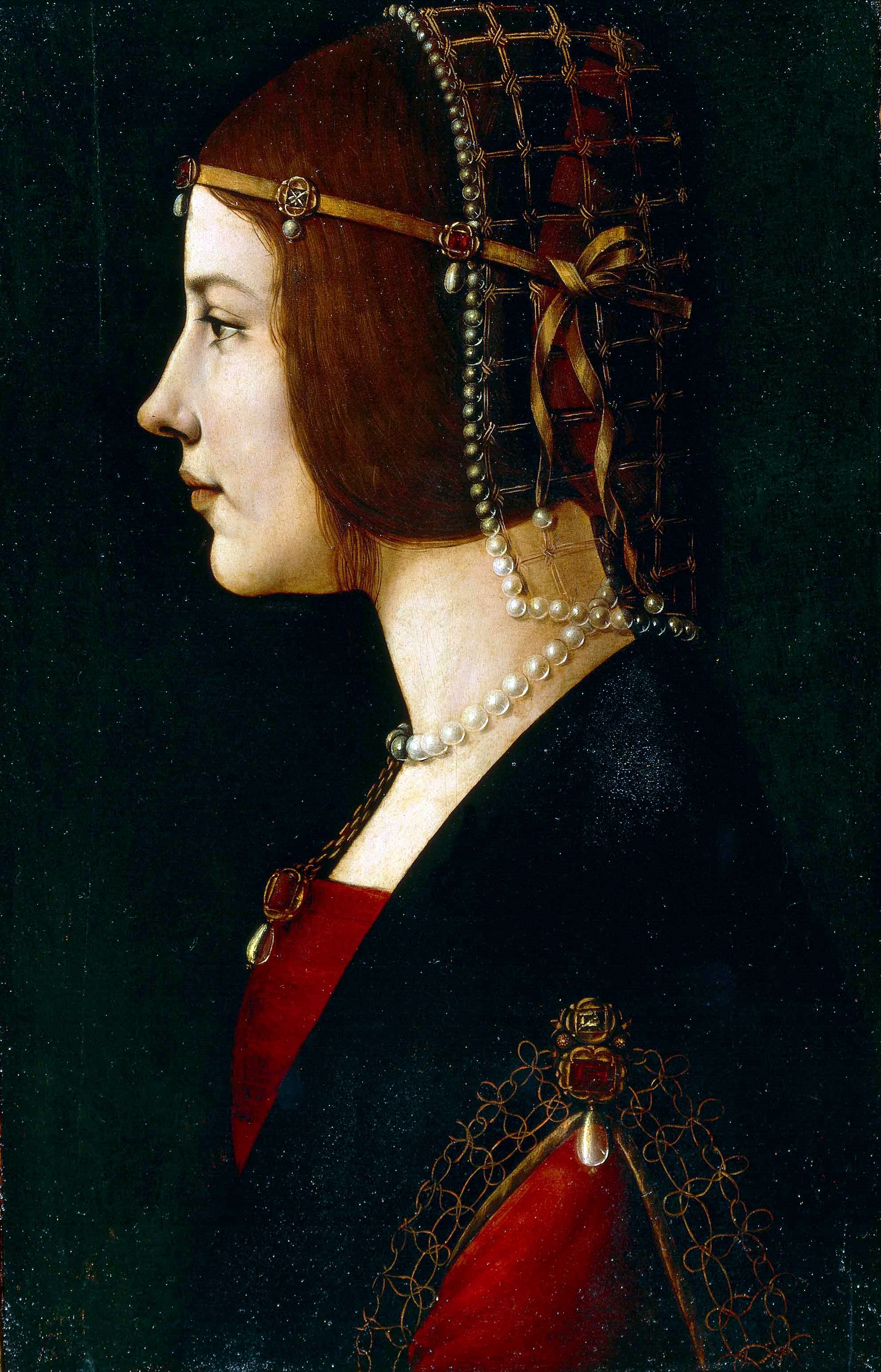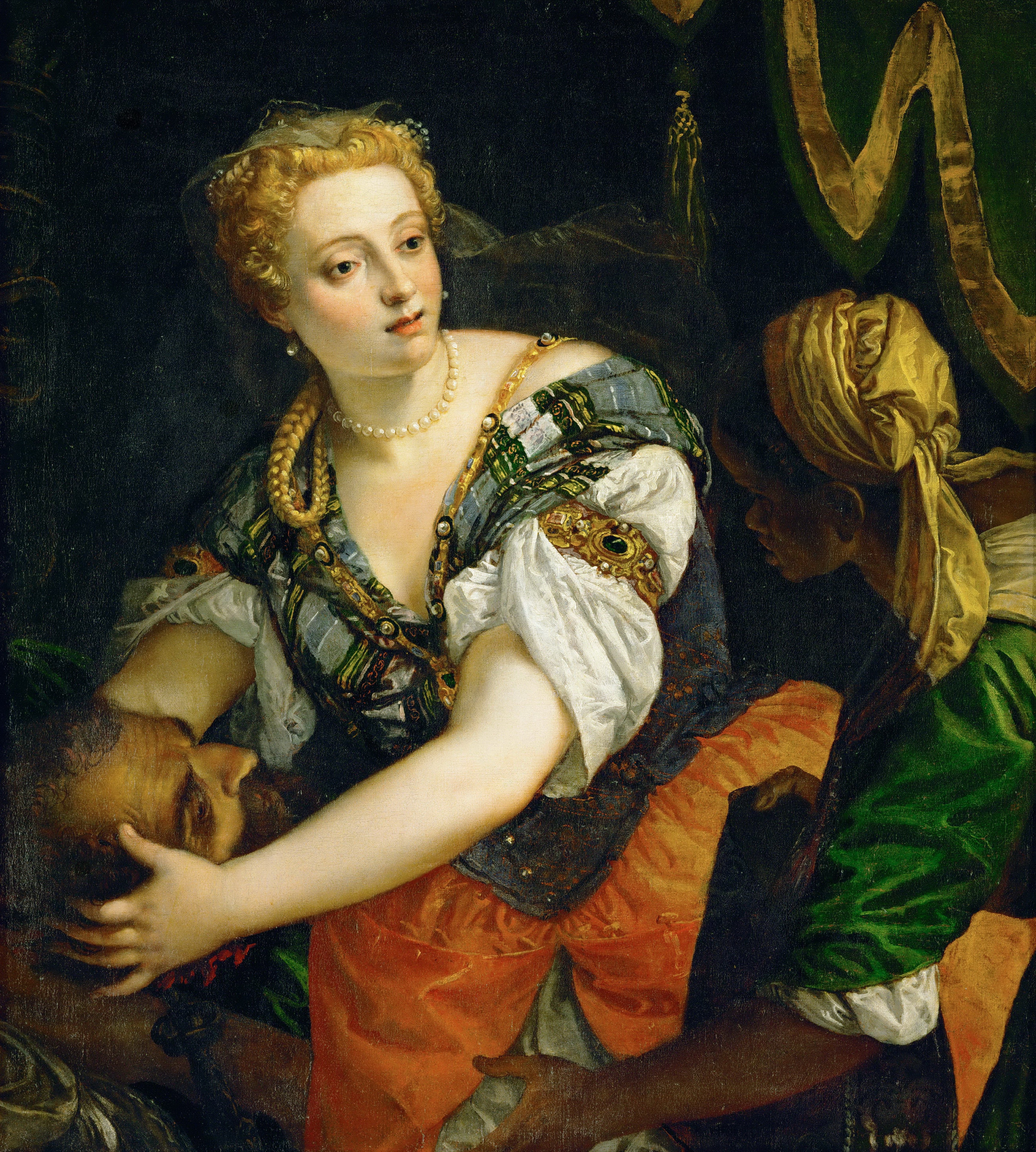Il rapporto tra i due geni del Rinascimento, Leonardo da Vinci (1452-1519) e Michelangelo Buonarroti (1475-1564), fu difficile, spesso teso, a causa della differenza generazionale (Michelangelo era di 23 anni più giovane di Leonardo), ma soprattutto, per via dei caratteri diversi e degli ideali artistici inconciliabilmente lontani: il primo fu riflessivo, poliedrico e interessato al mondo naturale; il secondo più impulsivo, notoriamente riottoso ed idealista.
Non vi sono prove dirette della loro inimicizia, ma svariati indizi e testimonianze indirette.








































